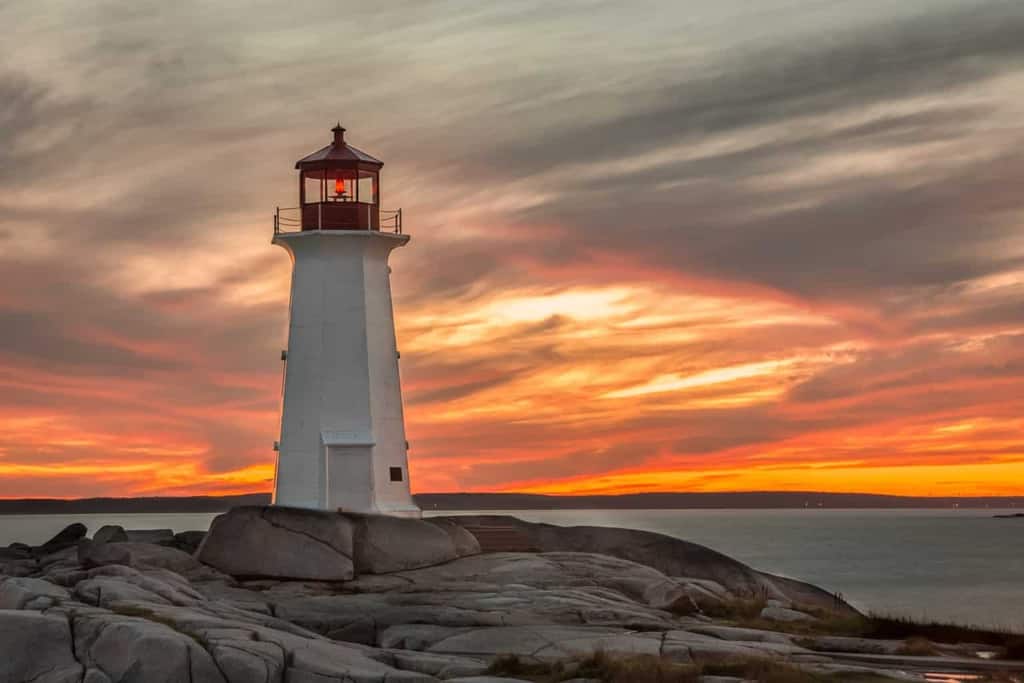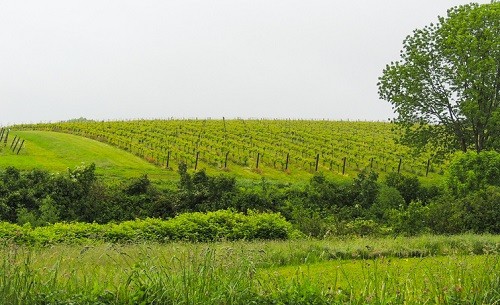Known as Canada’s ocean playground, Nova Scotia is the second smallest province in the country. At just over 55,000 square kilometers (21,000 square miles), this peninsula is fragmented by rivers and includes several small islands influenced by the Atlantic Ocean. It’s home to tall tales of shipwrecks, buried treasures, and has a storied past. The newest chapter being written now has everything to do with wine.
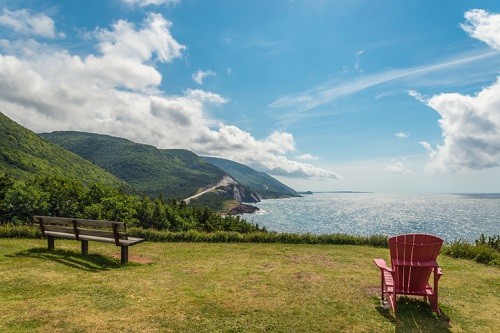
The History of Nova Scotia Wine Country
The first peoples of Nova Scotia were the Mi’kmaq. European colonists voyaged here in the 1500s and soon after followed the Acadians, French-speaking settlers that started as farmers in the Annapolis Royal and formed a unique relationship with the Mi’kmaq. They eventually migrated down the south coast and turned to fishing. Some headed west and others south to New Orleans, but many of the original Acadian[1] families still reside in coastal fishing villages established in the 1700s.
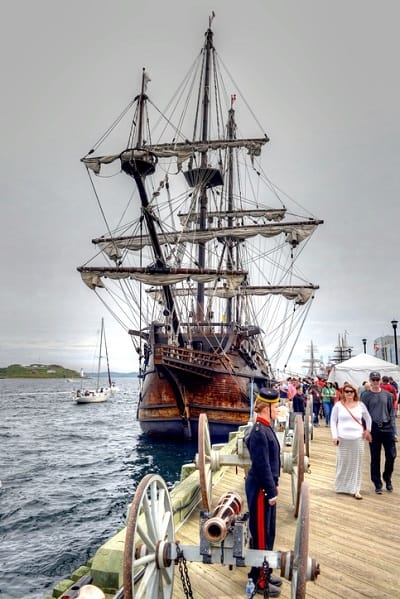
Those early days in the Annapolis Valley led to today’s viticulture adventures. The governor of Acadia planted the first vinifera vines in 1634, the earliest mention of wine grape growing in Canada. Part of why governor de Razilly saw success was due to the region’s geology: the South and North mountain ranges sandwich a fertile valley on deep tills underpinned by minerals like gypsum, limestone, and sandstone.
Fast-forward to the 1900s when the federal research center in Kentville began work with hybrids. Today’s popular L’Acadie Blanc was born out of experimentation here on a grape originally created in Vineland, Ontario. Despite barriers to inter-provincial laws preventing shipping wines from province-to-province (that’s another long and complicated story), Canadians work well together to develop their wine country.
Nova Scotia as a Wine Destination
Nova Scotia’s commercial wine industry started in 1978 as one vineyard on the Malagash Point peninsula: Jost Vineyards was issued the first winery license in 1986. Although under different ownership now, Jost is the longest running winery in the province. Malagash Point is one of four main growing regions, including the aforementioned Annapolis Valley, Gaspereau Valley, and the South Shore with a few independent growers pursuing even newer regions. The province now has 360 hectares (890 acres) of vines.
Nova Scotia’s climate is coastal and continental, temperatures moderated by the Bay of Fundy and Minas Basin. Morning fog is common on the coast and the weather can change quickly. Summer temperatures average between 14C/57F and 28C/82F, winter ranging from -10C/16F to the freezing mark. Regular precipitation means no irrigation is required, and the extreme temperatures of winter storms can pose a challenge. Spring frost remains a real threat.
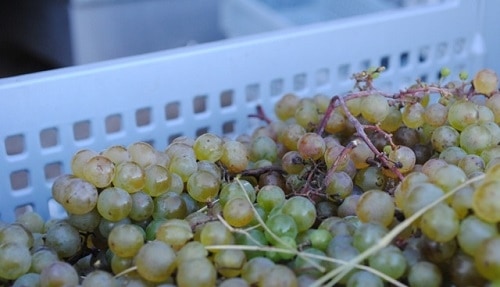
By 2002 the province wineries formed their own provincial association, Wines of Nova Scotia. With an emerging region, finding unification is a solid step to ensuring the industry is holding to good standards and can promote the province as a wine destination. It takes a certain dedication to grow grapes here, and talent to make good wines. They’ve even decided on the regional Tidal Bay, a wine that follows an agreed upon standard and reflects the bright, fresh flavors produced here. Each winery crafts its own interpretation.
Smaller wineries, lower production, and definitely off the beaten path. Do your homework before you come to explore and book appointments when necessary in order to avoid the sadness that is a Closed/Fermé sign. And once you’re here, you won’t want to leave. That’s a promise.
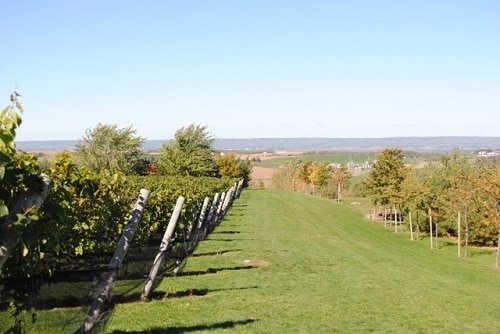
Annapolis Valley Wineries
- Avondale Sky Winery
- Bear River Vineyards
- Blomidon Estate Winery
- Domaine de Grand Pre
- Lightfood & Wolfville Vineyards
- Luckett Vineyards
- Planters Ridge
- Sainte-Famille Wines
- Bent Ridge Winery
- Casa Nova Fine Beverages (formerly Annapolis Highland Vineyards)
Gaspereau Valley Wineries
South Shore Wineries
Malagash Penninsula Wineries
Other
- Eileanan Brèagha Vineyards, Cape Breton
What to Drink
- Classic: Luckett Vineyards Tidal Bay
- Adventurous: L’Acadie Vineyards vintage Prestige Brut Estate
- Exploratory: Lightfoot & Wolfville, anything
Where to Eat
- Classic: lobster, anywhere, but preferably in a church basement (really)
- Adventurous: a pub recommended by a Halifax local – just ask, they’re friendly
- Exploratory: any family restaurant in a small village in Clare (between Digby and Yarmouth) for traditional Acadian Rapûre, or Rappie Pie
Where to Stay
- Classic: Victoria’s Historic Inn, Wolfville
- Adventurous: B&B hop along the south shore
- Exploratory: one of the supposed haunted mansions like The Waverly Inn (Halifax) or The Churchill Mansion Inn (Yarmouth)
[1] note: this author is a LeBlanc of the first Acadian families, and her father is from Pointe-de-l’Eglise (Church Point)
